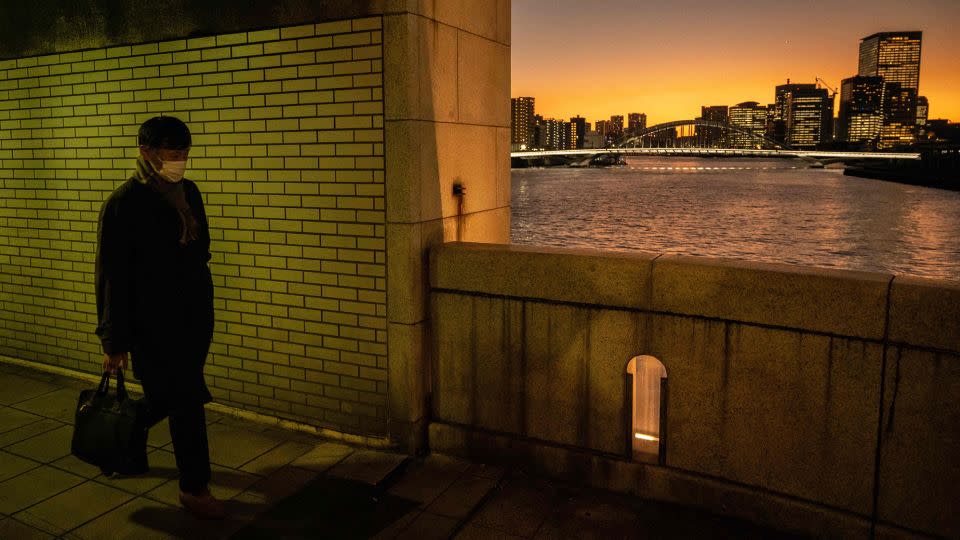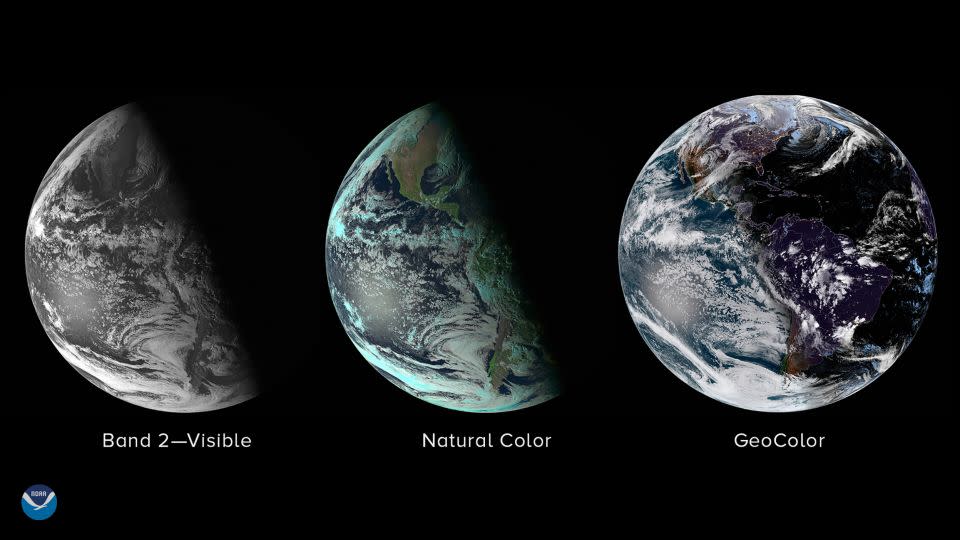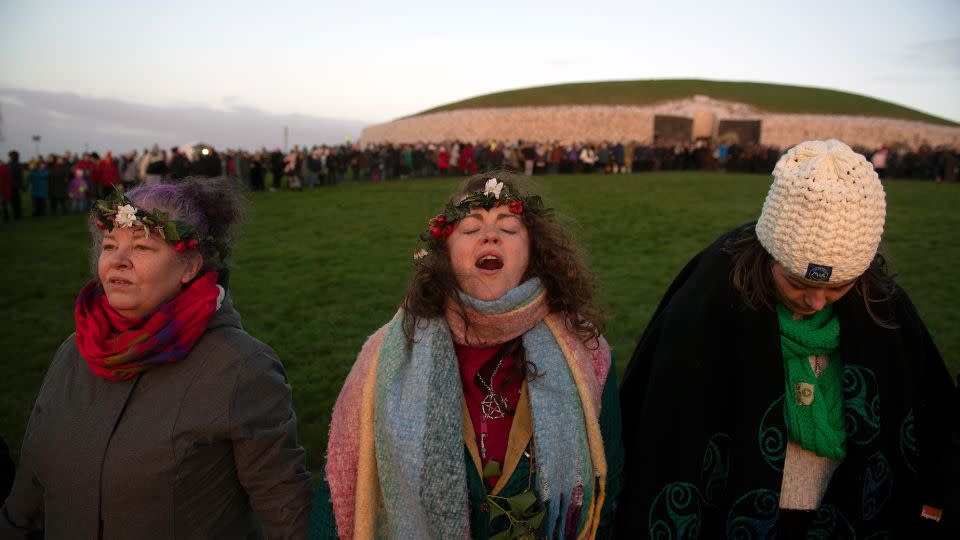Winter solstice: The shortest day and longest night of the year

Since the summer solstice back in June, the days have grown shorter and the nights have grown longer in the Northern Hemisphere. But that’s about to reverse itself.
Winter solstice, the shortest day of the year and the official first day of winter, is on Thursday, December 21, this year (well, for the vast bulk of the Americas anyway). How the solstices — along with the spring and fall equinoxes — work has fascinated people for thousands of years.
It’s a day when science intermixes with ancient traditions around the world.
Solstices and Earth’s hemispheres
The winter solstice marks the shortest day of the year and the longest night in the Northern Hemisphere, when the sun appears at its most southerly position, directly overhead at the Tropic of Capricorn.
The situation is the reverse in the Southern Hemisphere, where only about 10% of the world’s population lives.
There, the December solstice marks the longest day of the year – and the beginning of summer – in places such as Argentina, Madagascar, New Zealand and South Africa.
When exactly does winter solstice occur?
The solstice usually – but not always – takes place on December 21. The date that the solstice occurs can move forward or back by a day because the solar year (the time it takes for the sun to reappear in the same spot as seen from Earth) doesn’t match up exactly to our calendar year.
If you want to be super-precise in your observations, the exact time of the 2023 winter solstice worldwide will be 3:27 Coordinated Universal Time (UTC) Thursday, according to Earthsky.org and the Farmers’ Almanac.
Because of time zone differences, Europe, Africa and Asia will technically mark their winter solstice on Friday, December 22. Below are some examples of when 3:27 UTC will be for various local times around the Northern Hemisphere:
• Tokyo, Japan: 12:27 p.m. Friday
• Bangkok, Thailand: 10:27 a.m. Friday
• Kolkata, India: 8:57 a.m. Friday
• Istanbul, Turkey: 6:27 a.m. Friday
• Helsinki, Finland: 5:27 a.m. Friday
• Milan, Italy: 4:27 a.m. Friday
• Halifax, Nova Scotia: 11:27 p.m. Thursday
• Baltimore, Maryland: 10:27 p.m. Thursday
• Mexico City: 9:27 p.m. Thursday
• San Francisco, California: 7:27 p.m. Thursday
• Honolulu, Hawaii: 5:27 p.m. Thursday
To check the timing where you live, the website EarthSky has a handy conversion table or plug in your city here in the “Converted Time” box.
What places feel the effects the most?
Daylight decreases dramatically the closer you are to the North Pole on winter solstice.
People in balmy Singapore, only 137 kilometers or 85 miles north of the equator, could barely notice the difference, with just nine fewer minutes of daylight than they have during the summer solstice. It’s pretty much a 12-hour day, give or take a handful of minutes, all year long there.
Much higher in latitude, Paris still logs in a respectable eight hours and 14 minutes of daylight to enjoy a chilly stroll along the Seine.
The difference is more stark in frigid Oslo, Norway, where the sun will rise at 9:17 a.m. and set at 3:11 p.m., resulting in less than six hours of anemic daylight. Sun lamp, anyone?
Residents of Nome, Alaska, will be even more sunlight deprived with just three hours and 54 minutes of very weak daylight. But that’s downright generous compared with Prudhoe Bay, Alaska. It sits inside the Arctic Circle and won’t see a single ray of sunshine.
What causes the winter solstice?

Because Earth is tilted on its rotational axis, we have changing seasons. As the planet moves around the sun, each hemisphere experiences winter when it’s tilted away from the sun and summer when it’s tilted toward the sun.
Scientists are not entirely sure how this occurred, but they think that billions of years ago, as the solar system was taking shape, the Earth was subject to violent collisions that caused the axis to tilt.
Winter solstice traditions
It’s no surprise many cultures and religions celebrate a holiday – whether it be Christmas, Hanukkah, Kwanzaa or pagan festivals – that coincides with the return of longer days.
Ancient peoples whose survival depended on a precise knowledge of seasonal cycles marked this first day of winter with elaborate ceremonies and celebrations. Spiritually, these celebrations symbolize the opportunity for renewal.
“Christmas takes many of its customs and probably its date on the calendar from the pagan Roman festivals of Saturnalia and Kalends,” Maria Kennedy, assistant teaching professor in the Department of American Studies at Rutgers University, told CNN Travel in an email.
Saturnalia started on December 17 and Kalends started on January 1, said Kennedy, who specializes in Christmas studies.
Citing academic research, Kennedy said early founders of the Christian church condemned the practices of these holidays, but their popularity endured. Christian observance of Christmas eventually aligned around the same time in the calendar even though there’s no specific date set in the Gospels for the birth of Jesus.
Here’s more on a few of those ancient customs:
Alban Arthan

In the Welsh language, “Alban Arthan” means for “Light of Winter,” according to the Farmers’ Almanac. It might be the oldest seasonal festival of humankind. Part of Druidic traditions, the winter solstice is considered a time of death and rebirth.
Newgrange, a prehistoric monument built in Ireland around 3200 BC, is associated with the Alban Arthan festival.
Saturnalia
In Ancient Rome, Saturnalia lasted for seven days. It honored Saturn, the Roman god of agriculture.
The people enjoyed carnival-like festivities resembling modern Mardi Gras celebrations and even delayed their war-making. Slaves were given temporary freedoms, and moral restrictions were eased. Saturnalia continued into the third and fourth centuries AD.
Dongzhi
It’s not just ancient Europeans who marked the annual occasion. The Dongzhi Winter Solstice Festival has its roots in ancient Chinese culture. The name translates roughly as “extreme of winter.”
They thought this was the apex of yin (from Chinese medicine theory). Yin represents darkness and cold and stillness, thus the longest day of winter.
Dongzhi marks the return of yang – and the slow ascendance of light and warmth. Dumplings are usually eaten to celebrate in some East Asian cultures.
For more CNN news and newsletters create an account at CNN.com

